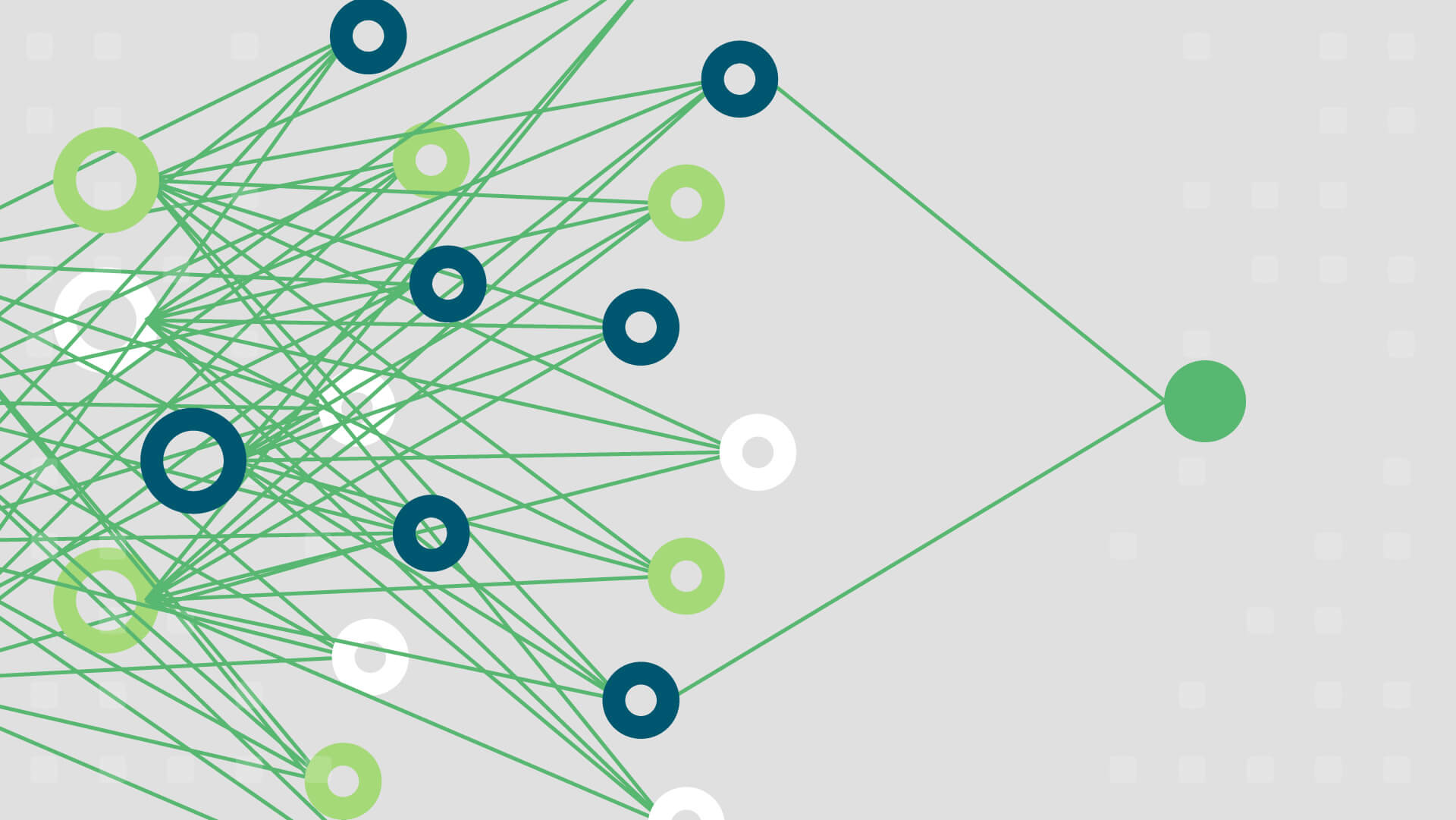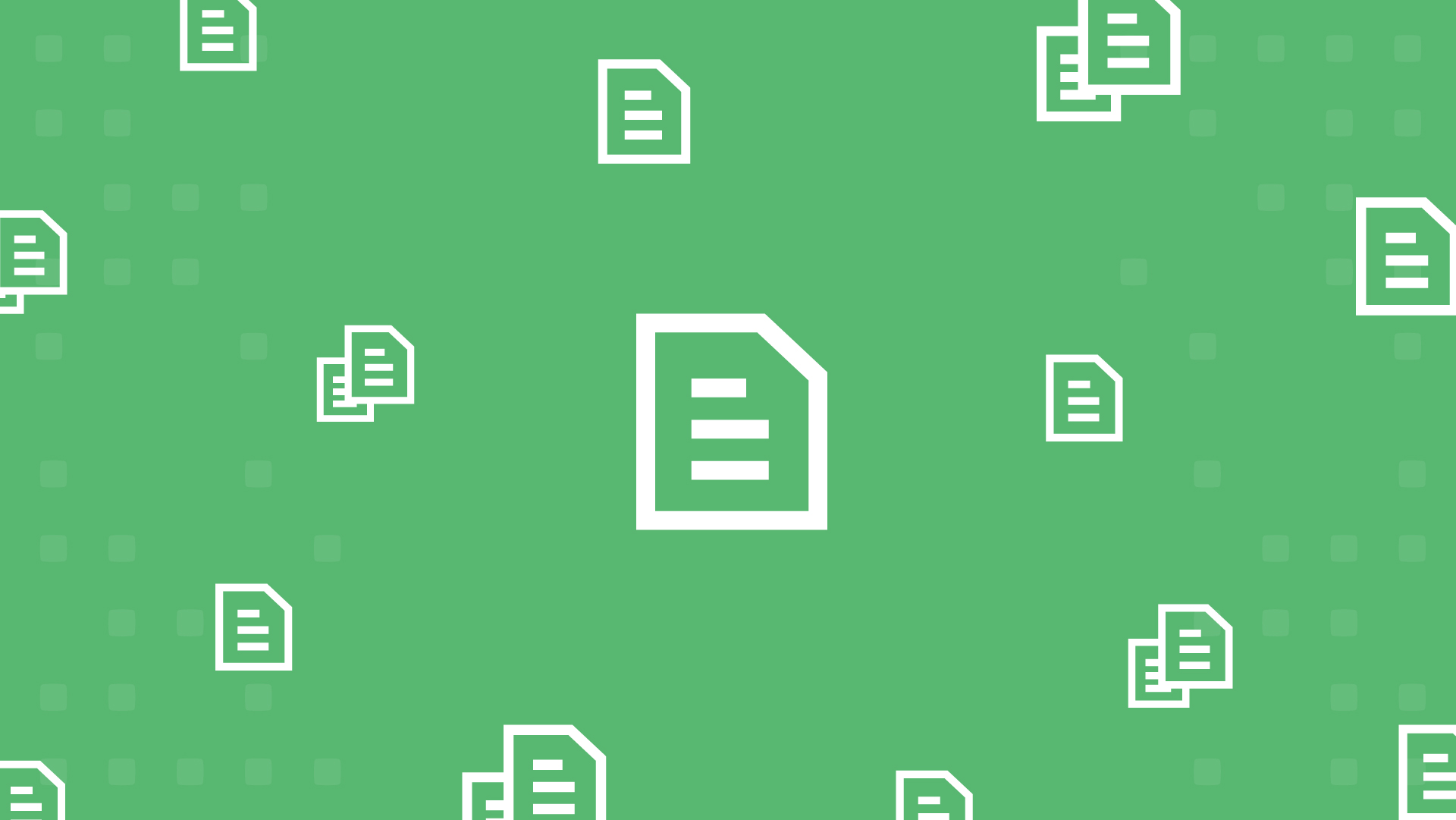Enterprise data used to be relatively easy to govern.
 IT would act as a gatekeeper, approving or blocking access to data sets depending on a set of predefined rules—not just for who could see data, but what parts of data would be visible.
IT would act as a gatekeeper, approving or blocking access to data sets depending on a set of predefined rules—not just for who could see data, but what parts of data would be visible.
In recent years, though, the rise of unstructured data has made governance a lot more complicated. The sheer amount of information now flooding into enterprises daily requires a new way to ensure governance, one that keeps access to data tightly controlled at the point it arrives.
The artificial intelligence (AI) solution
Increasingly, enterprises are turning to AI for automated governance of unstructured data at the point of entry. As information arrives, rules are put in place that limits access to specific data sets—or elements within data sets—to ensure only approved access is granted.
Not only is this solution a smarter way to manage your data governance, but it’s also much more efficient. The less time your teams have to search for the right person to ask for access to data they need, the more productive they can be—and the more time your IT department has to focus on bigger, more important things.
Putting AI to work
Applying AI for data governance starts with developing a data catalog. This catalog is a granular overview of all your organization’s data and from it you are able to identify various elements that may need to be isolated from select groups.
The overview also allows you to put in place measures to address regulations such as HIPAA and PCI so that once AI automation is applied, all requirements are immediately met as soon as data lands in the cloud or your private datacenter.

Take social security numbers, for example, which may need to be captured by an organization in order to directly match them to users. Given the sensitivity of these numbers, not everyone in an organization (marketing, administration) needs or should have access to them.
With AI, all social security numbers tied to a customer’s data can be automatically obscured from non-approved parties without rendering the rest of that information unusable—all without needing to manually hide it before the rest of the data can be accessed.
Building a governance committee
As powerful a tool as AI is, it still needs some hands-on guidance from actual humans. This is where a governance committee comes into play.
This committee should ideally be made up of members from each department in your organization, and its role is to agree upon governance guidelines for all data that is used by your business.
The benefit of such a committee is that it breaks down silos between various departments for how and why certain data sets need to be accessible. It also helps you create a hierarchy for access, such as managers before team members.
Your governance committee should meet regularly to reassess and optimize your governance measures. Any new guidelines that come out of those meetings can then be used to update the AI models running your automated governance.
Democratizing safely
Given the critical importance of data in today’s business, it’s in your best interest to democratize data as much as possible so that it can be accessed and used throughout your organization.
After all, you never know which department or team member is going to discover something within your data that will contribute to your success.
To democratize data, however, you need to ensure that you have tools and measures in place to properly govern your information. You also need protocols—and strictly followed rules—that deter individual team members from hoarding data.
By utilizing AI to assess and apply governance as your organization’s data comes in—guided by a governance committee—you can hit both marks of keeping your data safe and secure across environments while still making it available, and useful, for your business as a whole.
To learn more about AI data governance and other forms of advanced analytics, check out our free guide, Advancing Your Advanced Analytics Capabilities.
Categories
- Cloud Migration and Adoption
- Enterprise IT and Infrastructure
- Artificial Intelligence and Machine Learning
- Data Management and Analytics
- DevOps and Automation
- Cybersecurity and Compliance
- Application Modernization and Optimization
- Featured
- Managed Services & Cloud Cost Optimization
- News
- Workplace Modernization
- Tech We Like
- AWS
- Social Good News
- Cost Optimization
- Hybrid Cloud Strategy
- NVIDIA
- Application Development
- GPU




